Marine Recon vs. Marine Raiders (MARSOC): What Separates Them?
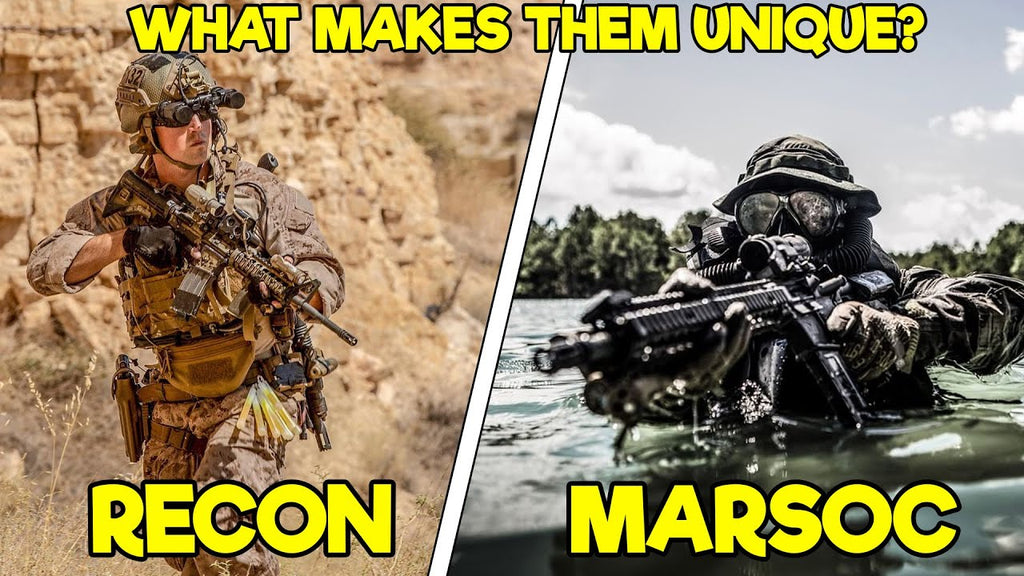
The United States Marine Corps has a fierce reputation for being one of the world’s most premier fighting forces. But who stands at the top of this fighting force, ready to execute the toughest missions the United States asks of them? That would be the Reconnaissance Marines and MARSOC Marine Raiders.
Every Marine is a rifleman, but not every Marine is Recon or MARSOC.
It’s one of the most common questions out there about the Marine Corps: What’s the difference between Marine Recon and MARSOC?
After reading this article, you’ll have a solid grasp of the differences between these two elite communities, and if you’re looking to join either of them, you’ll be better prepared and more aware of what lies ahead of you on that tough yet rewarding journey.
TABLE OF CONTENTS
MARINE RECON VS. MARSOC: OVERVIEW
MARINE RECON VS. MARSOC: CLASSIFICATION
MARINE RECON VS. MARSOC: MISSIONS
MARINE RECON VS. MARSOC: TRAINING & SELECTION
MARINE RECON VS. MARSOC: BOTTOM LINE & CONCLUSION
MARINE RECON VS. MARSOC: OVERVIEW
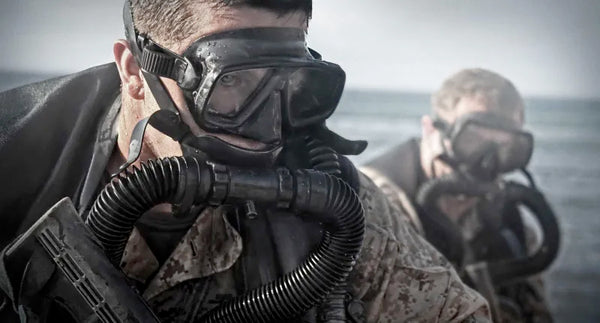
Before we dive into the differences, we’re going to establish something very important: This isn’t going to be a comparison on what’s better, or what’s more badass. Both of these communities are highly respectable and play an important role in the Marine Corps and beyond. This is strictly going to be about what makes them DIFFERENT.
But they’re more similar than you think. While the Raiders can trace their roots back to WW2, the Raiders you see today were actually pulled from Force Recon companies when MARSOC was first created. So, while they’re two separate entities today, the very first modern Raiders were in fact Recon Marines. The more you know!
So how will we capture the differences between these two communities? To explain, we’re going to be discussing three overarching topics that will help you better understand Marine Recon vs. MARSOC: Their Classification, Missions, and Training & Selection.
With that said, let’s jump into the first topic: Classification.
MARINE RECON VS. MARSOC: CLASSIFICATION

This topic is arguably the most crucial contrast between these two communities. Every difference you’ll learn about for the remainder of this video will in some degree or another derive from this very difference we’re about to point out: MARSOC is considered special operations, whereas Marine Recon is special infantry. Those two words, believe it or not, make a hell of a difference when it comes to money, mission sets, organization, operational control, we can go on and on.
So, what exactly does that mean? Since MARSOC is a special operations force, it falls under SOCOM, along with other communities like the SEALs, Green Berets, and Combat Controllers. SOCOM has a LOT of funding, which means it can give MARSOC the resources and equipment it needs to get the job done. Essentially, MARSOC is a Marine Corps organization that answers to both the Marines and SOCOM.
Marine Recon, on the other hand, is a special infantry. It isn’t special operations, it’s special operations CAPABLE. This might all seem like semantics, and in some circumstances, it may boil down to that, but because of that extra word at the end there, Marine Recon has an entirely different structure to it and answers to a different chain of command. Marine Recon falls under the MAGTF, which stands for Marine Air-Ground Task Force.
To give you the broad strokes breakdown of what a MAGTF is, essentially, the Marine Corps as a whole is divided into four elements: The Command Element, Ground Combat Element, Aviation Combat Element, and Logistics Combat Element. These all work in tandem, in various levels of size, to execute the missions of the Marine Corps and Department of Navy. Marine Recon is a part of the Ground Combat Element, where it is a special operations capable asset that provides division level ground and amphibious reconnaissance.
Just because Marine Recon isn’t special operations doesn’t mean they aren’t high speed, or they do not get any special treatment. They’re not treated like the rest of the conventional forces. They’re sheltered from some of the green weenie, but not as much as MARSOC!
To sum this section up, MARSOC is the Marines’ special operations force that falls under SOCOM, and Marine Recon is a special operations capable special infantry that falls under the MAGTF.
Naturally, SOCOM and MAGTF’s have different missions and purposes, which brings us into the next topic: Missions.
MARINE RECON VS. MARSOC: MISSIONS
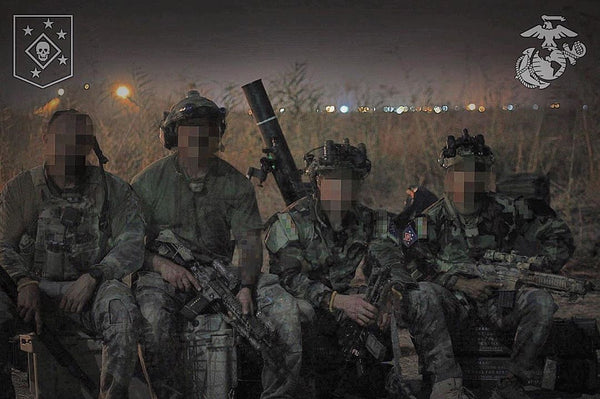
You just learned from the last section that MARSOC and Marine Recon fall under different chains of command. So how does this reflect on the missions they get tasked out with? To put it simply, it’s going to come down to the needs of their respective chains of command.
Since MARSOC falls under SOCOM, they are going to be responsible for missions revolving around the world of SOF. Their main missions are Direct Action, Special Reconnaissance, Counterterrorism, Foreign Internal Defense, Security Force Assistance, Counterinsurgency, Support to WMD’s, and Unconventional Warfare. Looking at that list, an informed reader will be able to see that a lot of other SOF forces pursue those missions, because there’s a lot of mission overlap in SOF.
Now Marine Recon, on the other hand, plays a different part. As an asset of the Ground Combat Element in the MAGTF, they’re the ones… providing reconnaissance! Big shocker, right? Yes, while one of the main missions and purposes of Marine Recon is literally in their name, there’s more to it than that.
In order to conduct reconnaissance, you need to be good at infiltration and exfiltration, all without leaving a trace that you were there. Infiltration and exfiltration can be done by means of diving, patrolling, and from jumps. They’re trained to create hide sites where they will not be detected by the enemy and can pack up and move without anyone knowing they were ever there.
Since Marine Recon supports the infantry, and has extra capabilities that the infantry does not, it can carry out various specialized missions. Those missions can range from initial terminal guidance for aircraft, battlespace shaping, surveying, and conducting limited scale raids and ambushes.
While MARSOC and Marine Recon might have fundamentally different missions, some of the skills they learn in their training are the same. Which leads us into our next section: Training and Selection.
MARINE RECON VS. MARSOC: TRAINING & SELECTION

Make no mistake, the road to joining the Marine Recon or Marine Raider communities is tough, grueling, and a test of commitment and character. The training they receive, both initially and further on in their careers, gives them the tools to ensure they are a valuable asset to the Marine Corps’ lethal fighting forces.
To get into either of these communities, candidates must get through an arduous selection process. Their selection processes, while different, both require candidates to earn their place. They both boast high attrition rates, and only keep the best of the best.
One of the key differences between the two selection processes is how you get there. For Recon, you can join with a contract that gives you a guaranteed shot, or volunteer at ITB, whereas for MARSOC, you join the Marine Corps with whatever job you want and apply later on in your enlistment. Essentially, that means that MARSOC is never a guarantee for anyone joining the Marine Corps. And yes, while it is possible to use Marine Recon as a stepping stone to get to MARSOC, it’s not required. You can still crush A&S and be selected even though you happen to be a cook.
So, what goes on in each of their respective selections? For MARSOC, candidates go through two phases of Assessment and Selection, known as A&S, and if selected, move onto a 7 month Individual Training Course. At ITC, candidates learn the tricks of their trade in four phases: Basic Skills, Small Unit Tactics, Close Quarters Battle, and Irregular Warfare. Once they complete that, they receive their pin and report to a Marine Raider Regiment.
As for the Recon Marines, after Infantry Training Battalion, they report to RTC and begin the 5 week RTAP, or Reconnaissance Training and Assessment Program, and then move onto the 12 week Basic Reconnaissance Course. Upon completion of BRC, they report to a Marine Recon battalion and go on to go to Jump School, and Marine Combatant Dive School.
And speaking of Marine Combatant Dive School, some Marine Raiders go there too. That’s where you’ll see the overlap in these communities - they can attend some of the same training! While Marine Recon might not be under SOCOM, they do learn a lot of skills and trades that Marine Raiders know. But, don’t forget, MARSOC gets its funding from SOCOM, so they’ll have opportunities to attend schools for operators and the like.
MARINE RECON VS. MARSOC: BOTTOM LINE & CONCLUSION
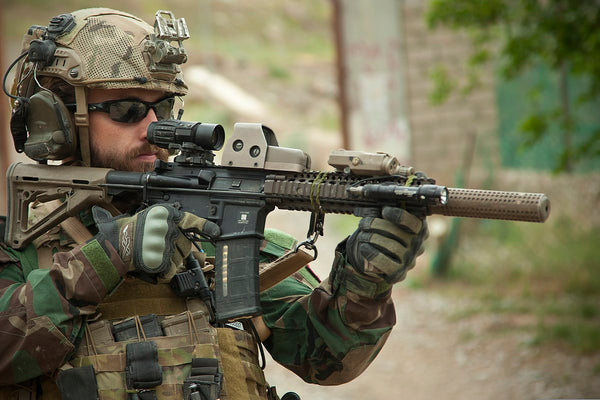
At this point, you’ve learned that Marine Recon and MARSOC are both very similar, yet very different. Neither of them is better than the other, and each serves their own purpose. MARSOC is a special operations force, whereas Marine Recon is special infantry. They’re two of the Marine Corps’ most capable and effective assets. Their missions might differ, but each receives some of the best training the military has to offer. If you ever see a Recon Marine or MARSOC Raider, you know that they put in a lot of work to get where they are.
If you’re interested in becoming a Reconnaissance Marine, you have a tough journey ahead of you. One of the most crucial parts of even getting a chance at learning what Marine Reconnaissance is all about is by passing the Recon Training and Assessment Program (RTAP), which is the gut check of the Marine Recon Training Pipeline. We discuss this program in-depth in our article, so make sure to click here to learn more.
One of the first things you will need to help you along your journey to becoming a Reconnaissance Marine is to invest in some solid gear and a reliable workout program to get you prepared. We’ve taken the guesswork out of your training with our Recon Rucking Prep Kit and Recon Finning Prep Kit.

Just use our discount code “MOTIVATED10” to grab yourself an extra 10% off.
General Discharge is a veteran owned, veteran operated organization that is dedicated to providing the best U.S. Military and Law Enforcement information. With over 250 YouTube videos, over 45 million views, and hundreds of thousands of followers, we have contributed to the success and knowledge of both the current and future generation of service members.
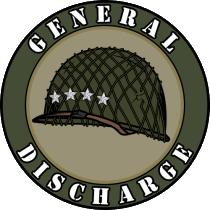
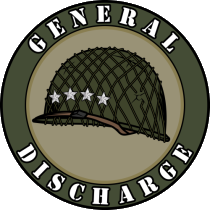

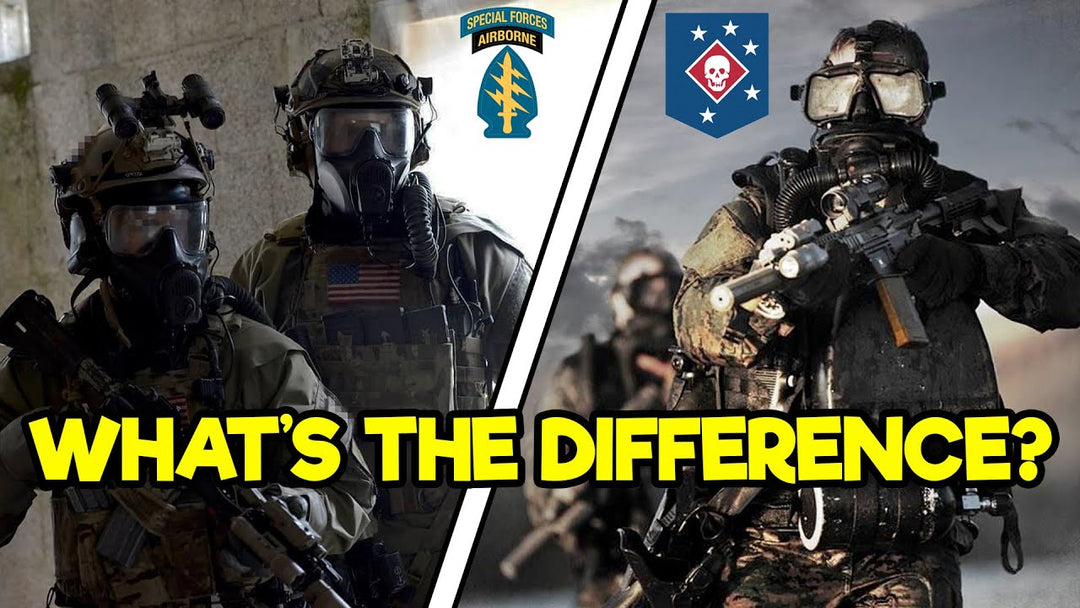
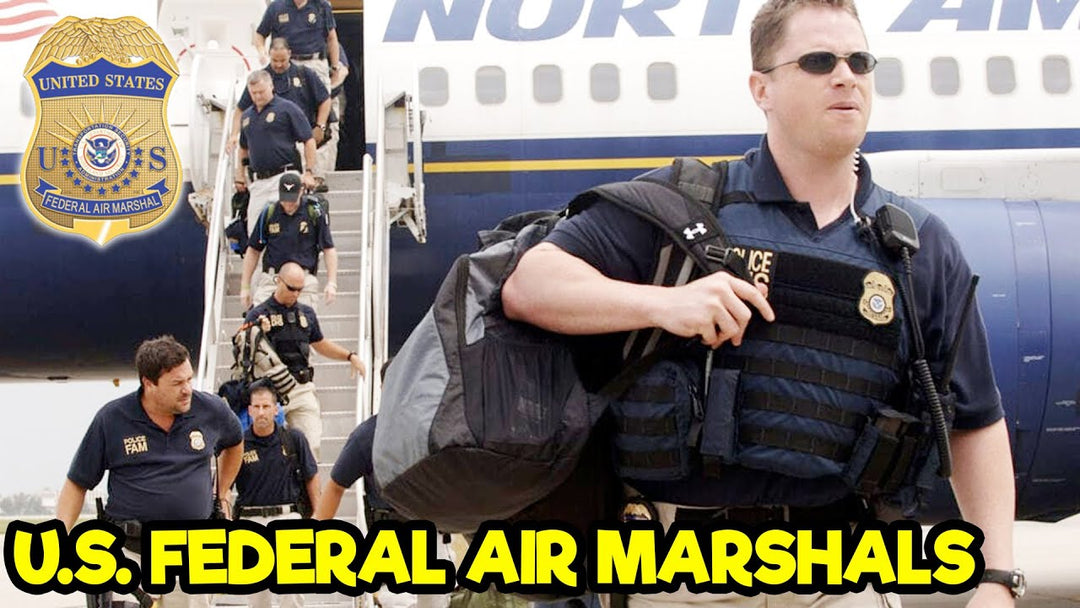
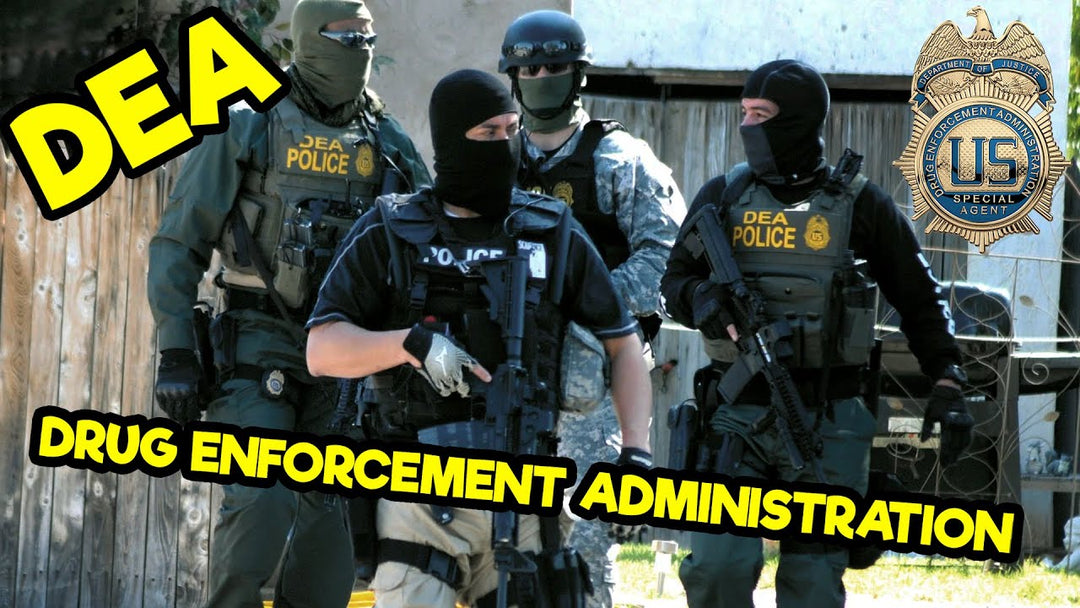
MARSOC is patterned after BUD/s and is a secondary selection if you have medical issues as a Navy SEAL candidate. Semper Fi!
2nd Recon 92/93
Basic Recon San Onefre 69 – Viet Nam – Jump school 70. Was supposed to go to scuba but had a purple heart and was discharged in May 70.
2nd recon Semper FI.
Excellant information. My son signed a 5 year recon contract. He went through all the training you mentioned and much more. Evasive driving and high altitude jump school to name a few. They really take a beating. He just signed a new contract as an instructor.
Leave a comment